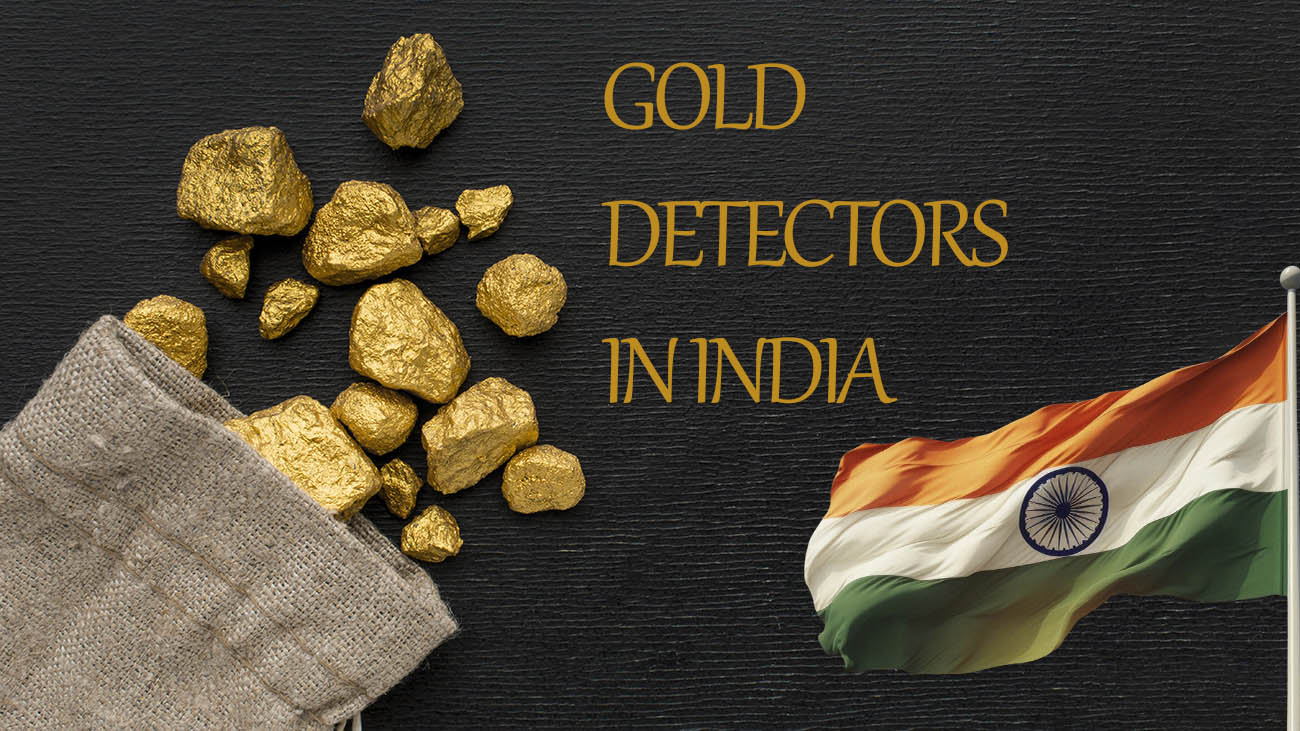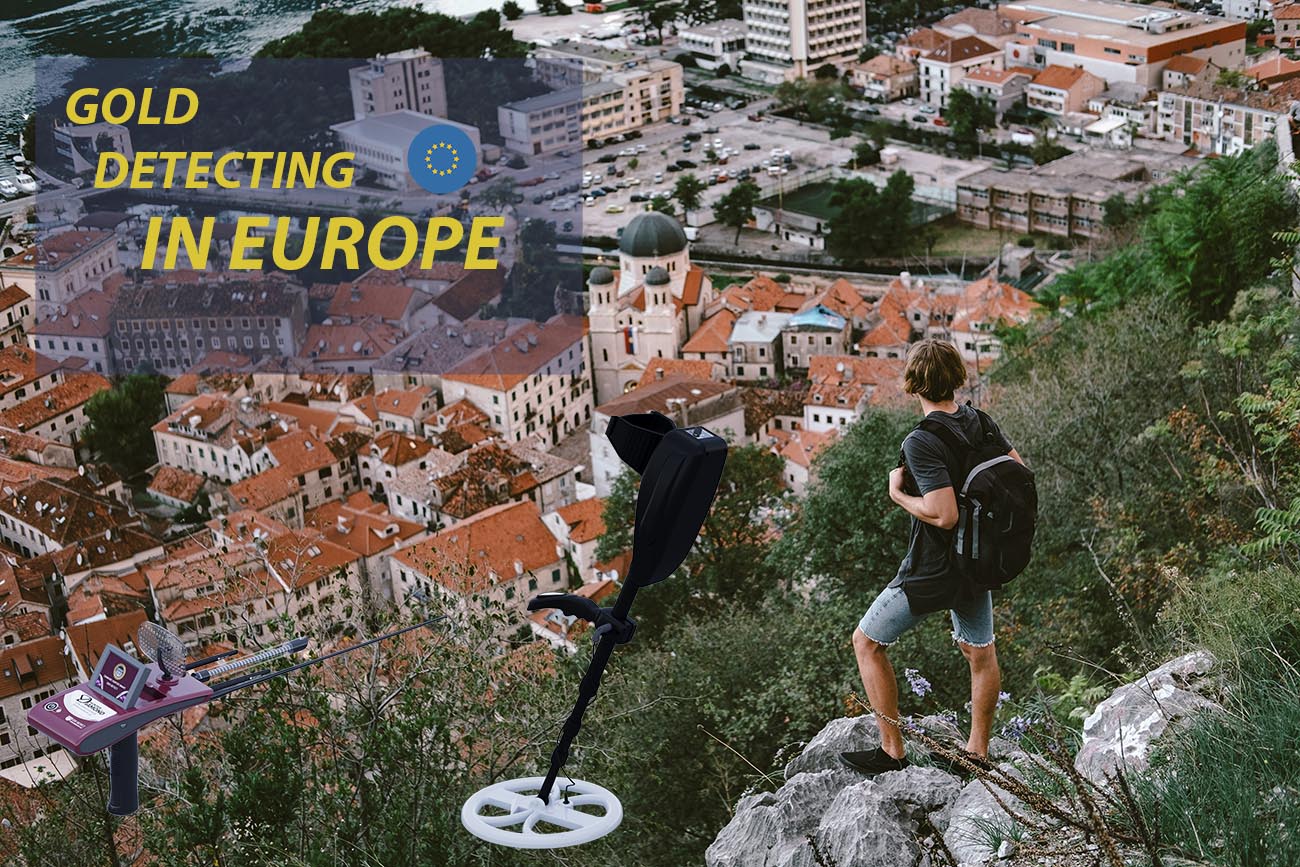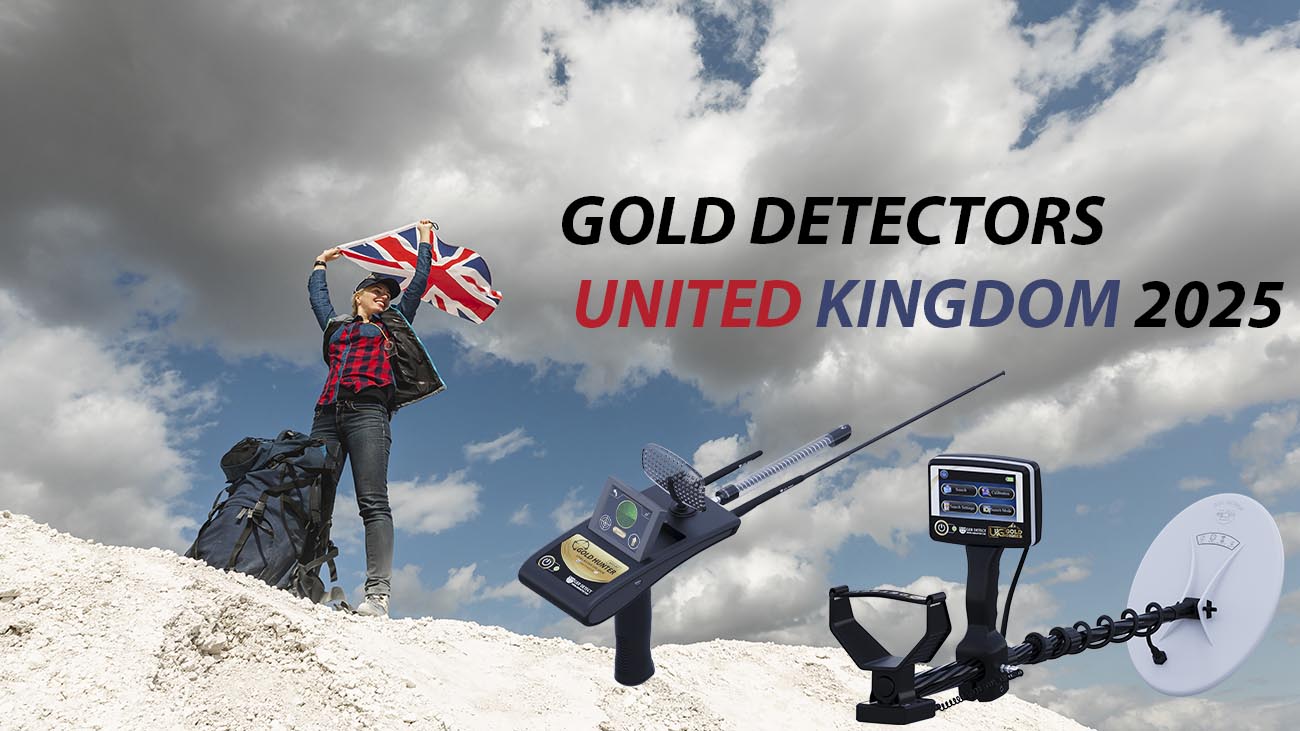Best Underground water detectors in 2024
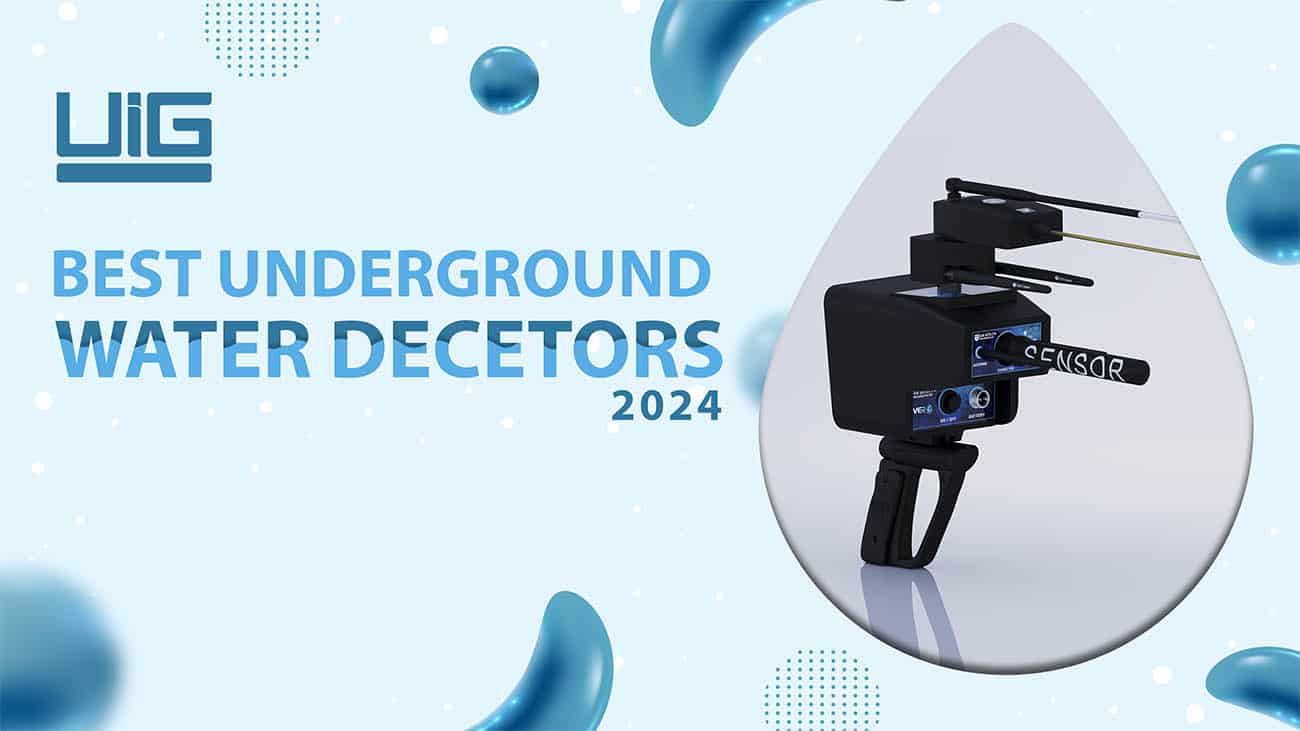
Table of Contents
Best Underground water detectors in 2024
Are you searching for a reliable tool to locate underground water sources? Whether you’re working on a rural development project or a construction site, our advanced water detectors offer unparalleled accuracy.
Our detectors are designed to penetrate through rock, hard ground, and even metal to pinpoint hidden water reserves. With their precision and durability, you can confidently explore beneath the surface and discover valuable water sources. Say goodbye to guesswork and wasted time.
Ready to start your exploration? Browse our range of high-quality water detectors today.
Click here in this page and you will find best Underground water detectors 2024 to use
Do you want to know about how to use Underground water detectors? Click here
RIVER-G 3-SYSTEMS underground water detector

RIVER-G 3 SYSTEMS is a multi-system device for detecting groundwater, artesian wells, and underground springs.
We congratulate ourselves, farmers, agricultural land investors, researchers, explorers, and leading water exploration companies on the release of this entirely new and pioneering device. It is the first of its kind globally, equipped with three exploration systems for groundwater, artesian wells, and underground springs.
The device features a three-dimensional imaging search system, geophysical search system, and long-range sensing search system, providing extremely precise identification of water types (fresh, saline, extremely saline) up to depths of 1500 meters underground and a front range of 3000 square meters.
Finally, the era of exhaustion and random exploration is over. We present to explorers and technology enthusiasts a modern and unique technology for discovering groundwater, artesian wells, and underground springs.
FRESH RESULT 2-SYSTEMS underground water detector

The Fresh Result 2 systems device is a multi-system for detecting underground water, artesian wells, and springs underground.
We congratulate ourselves, farmers, agricultural land investors, researchers, explorers, and water exploration companies on the release of the entirely new and first-of-its-kind device in the world.
It operates with two exploration systems for underground water, artesian wells, and springs underground:
1- Geological Exploration System.
2- Long-Range Sensing System.
It offers extremely precise capacities to identify the type of water (fresh, salty, very salty) at depths of up to 1200 meters underground and a front range of 2000 square meters.
Finally, the exhaustion of random searches is over. We present to explorers the modern and unique technology for discovering underground water, artesian wells, and springs.
RIVER-F SMART Long-range water finder

It functions with three exploration systems for groundwater, artesian wells, and underground springs, providing highly accurate and precise identification of water types, whether fresh or salty, at depths of up to 500 meters below the ground surface and a front range of 3000 square meters.
Specifications and Features of the RIVER-F SMART Device:
For the first time in modern technology, a single device operates with three different search systems.
1- Freshwater detection system.
2- Salty water detection system.
3- Depth determination system in meters and centimeters, pinpointing it within a square meter area with ease and high accuracy.
Characteristics and Features of the 3 SYSTEMS RIVER – F SMART Device:
– Extremely fast water detection and accurate location identification.
– To achieve more precise results in the search area, a unique feature has been added: the ability to choose the continent in which it is located and specify the type of soil (clayey, mineral, natural, mixed, sandy, rocky).
The search depth of the RIVER – F SMART device reaches up to 500 meters below the ground surface, with a front range of 3000 meters and automatic depth determination.
Accessories to use for underground water detectors
We do also provide multiple accessories option that would boost your adventure and make sure to get the best experience click here now.
Best methods to use Underground water detectors
Underground water detectors, also known as ground penetrating radars (GPRs), are powerful tools for locating groundwater sources. To maximize their effectiveness, it’s essential to follow best practices for their use.
Here are some key methods to consider:
- Calibration: Before using an underground water detector, it’s crucial to calibrate it properly to ensure accurate readings. This involves adjusting the device’s settings based on the specific soil conditions and target depth.
- Soil conditions: Understanding the soil composition and electrical conductivity is essential. Different soil types can affect the detector’s performance, so adjusting settings accordingly is crucial.
- Data collection: Collect data systematically by moving the detector in a grid pattern or along specific transects. This helps ensure comprehensive coverage of the area being surveyed.
- Data analysis: Use specialized software to analyze the collected data and identify anomalies or patterns that may indicate the presence of groundwater.
- Interpretation: Interpret the results carefully, considering factors such as geological formations, known water sources, and other relevant information. Consult with experts if necessary to ensure accurate interpretation.
- Validation: If possible, validate the detector’s findings through additional methods, such as drilling or geophysical surveys. This helps confirm the accuracy of the results.
Additional tips for using underground water detectors:
- Choose the right detector: Select a detector that is suitable for your specific needs, considering factors such as depth penetration, frequency, and ease of use.
- Learn to operate the detector: Familiarize yourself with the detector’s features and controls to ensure proper operation.
- Be patient: Groundwater detection can be time-consuming, so be patient and allow for thorough data collection.
- Consult with experts: If you’re unsure about using an underground water detector or interpreting the results, consult with experts in the field.Head over to contact us and request for a call and our expert will contact you the soonest click here
Best places to find underground water
Underground water detectors are valuable tools for locating groundwater sources. To maximize your chances of success, it’s important to target areas with favorable conditions for groundwater accumulation.
Here are some of the best places to focus your search:
- Aquifers: Aquifers are underground layers of permeable rock or sediment that can hold and transmit water. Look for areas with known aquifers or geological formations that are conducive to groundwater storage.
- Geological formations: Certain geological formations, such as limestone, sandstone, and gravel, are more likely to contain groundwater. Research the geological features of the area you’re exploring.
- Topography: Hills, valleys, and depressions can influence groundwater flow and accumulation. Areas with low-lying areas or valleys may have higher groundwater levels.
- Vegetation: Certain types of vegetation, such as trees and shrubs that require abundant water, can indicate the presence of groundwater. Look for lush vegetation in areas with limited surface water sources.
- Proximity to water bodies: Rivers, lakes, and streams can contribute to groundwater recharge. Areas near these water bodies are often good places to search for underground water.
- Historical records: Consult historical records, maps, and local knowledge to identify areas where water has been found in the past.
Key Features to Consider in water detectors
- Depth Range: Ensure the detector can reach the depth you need.
- Sensitivity and Accuracy: Higher sensitivity provides more accurate readings.
- Portability: Consider how easy it is to transport and use the device in various locations.
- Battery Life: Look for a device with a long-lasting battery to avoid interruptions.
- Display and Interface: A clear, easy-to-read display and user-friendly interface are crucial for effective use.
Our customers Experience
UIG DETECTORS Devices: Your Gateway to Gold and Treasure Discovery
UIG DETECTORS offers a range of advanced devices designed to help you locate gold, treasures, and precious metals, ensuring you find the perfect detector that meets your specific needs.
Why Choose UIG DETECTORS?
- Wide Range of Devices: From gold detection to buried treasures and precious metal identification, we have a device for every requirement.
- Expert Consultation: Sign up now for a free consultation, where our experts will guide you in selecting the most suitable gold and metal detector based on your needs.
Discover the thrill of treasure hunting with the confidence of using cutting-edge technology. Register today and let our experts assist you in making the right choice!
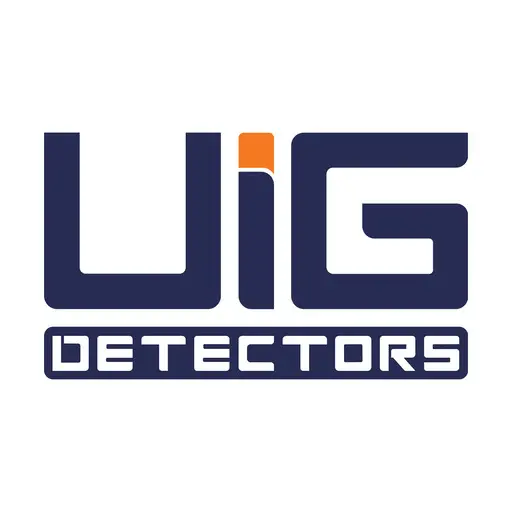
Other Article that might interest you
FAQ
What is the difference between GPR and resistivity meters for groundwater detection?
GPR (Ground Penetrating Radar) uses electromagnetic waves to create images of subsurface structures. It’s particularly effective for detecting changes in soil and water content. Resistivity meters measure the electrical conductivity of the soil. They are more sensitive to variations in water content and can be used to map groundwater zones.
Can underground water detectors be used to detect contaminants in groundwater?
While underground water detectors can help locate groundwater sources, they cannot directly detect contaminants. To determine the quality of groundwater, additional testing methods such as water sampling and analysis are necessary.
Are underground water detectors suitable for both professional and DIY users?
Underground water detectors can be used by both professionals and DIY enthusiasts. However, professional-grade detectors often offer more advanced features and better accuracy. For DIY users, simpler models are available, but it’s essential to have a basic understanding of geology and the principles of groundwater detection.


